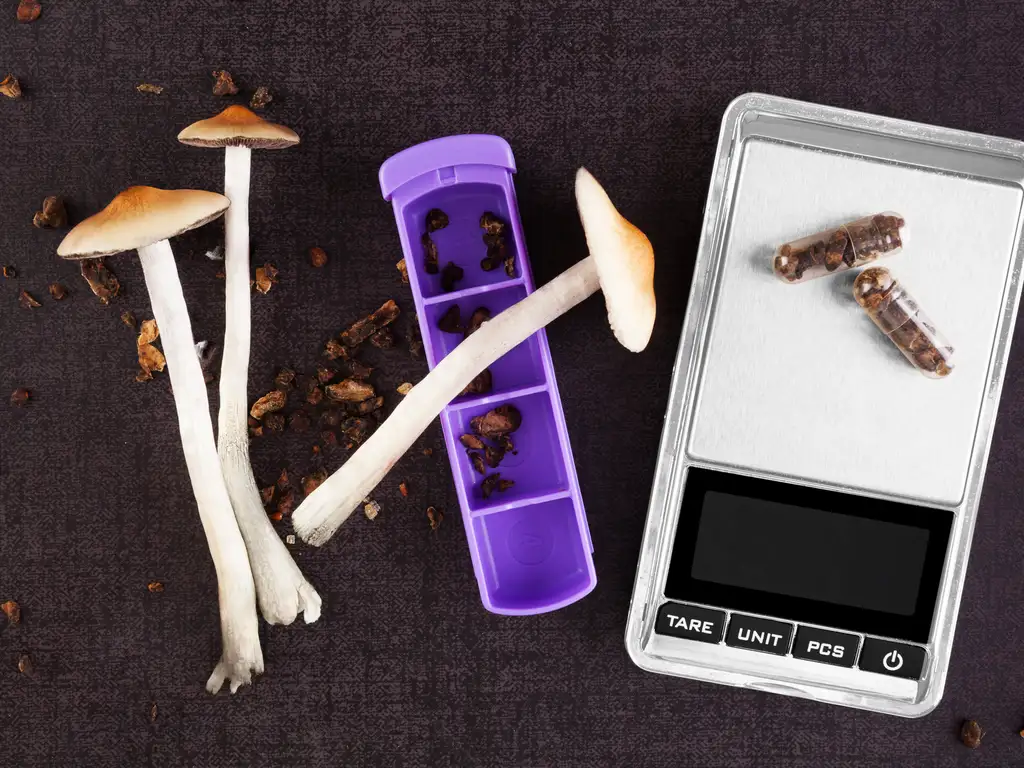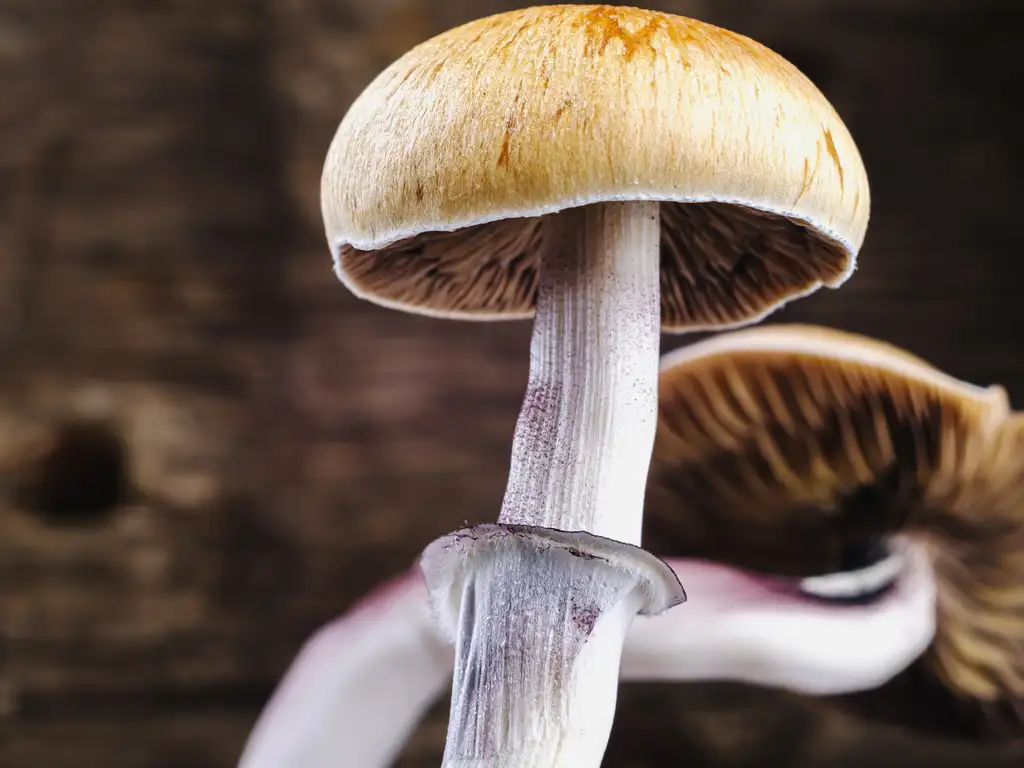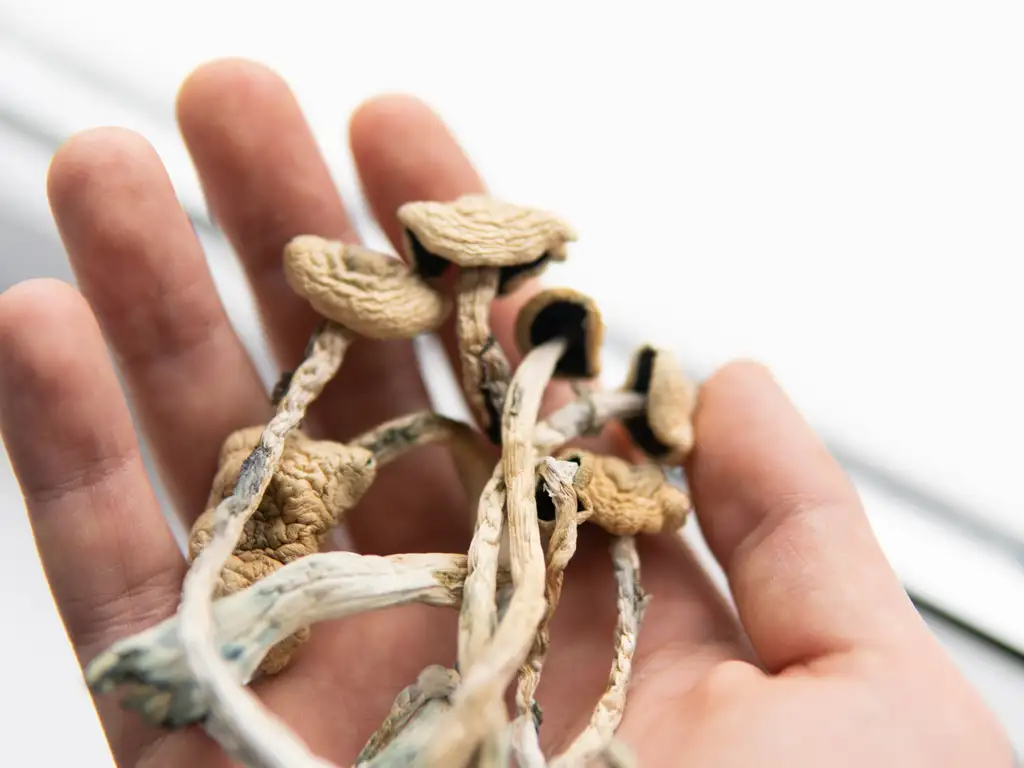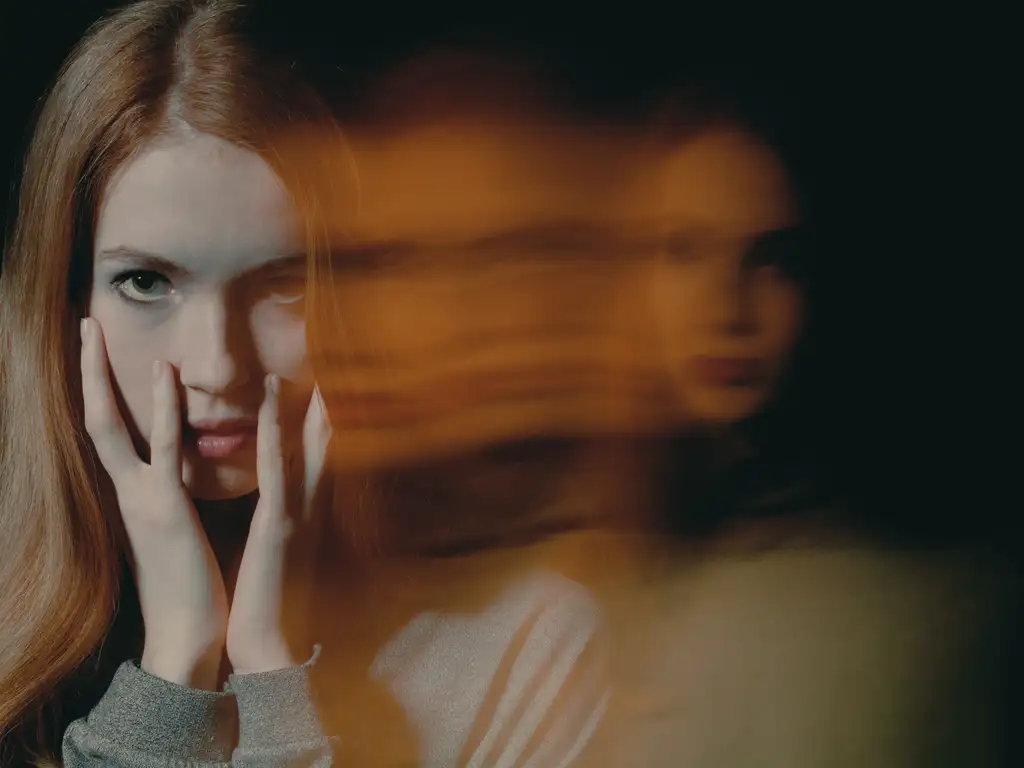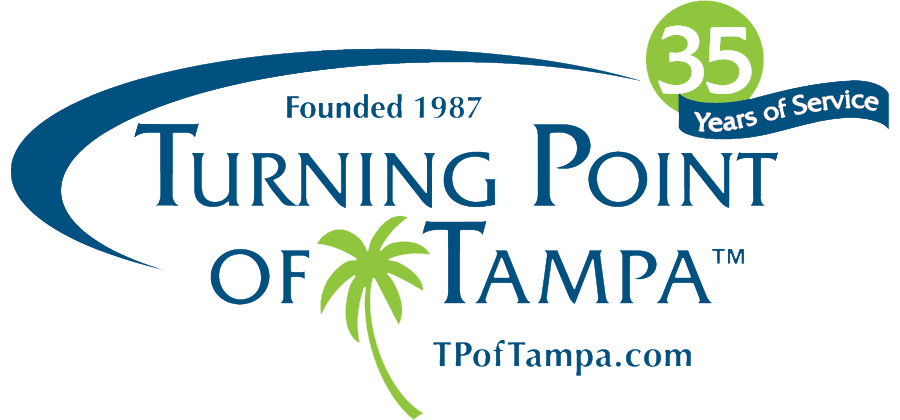
Psilocybin mushrooms, also known as magic mushrooms or simply shrooms, have been a topic of fascination and curiosity for centuries. These naturally occurring fungi possess psychoactive properties, inducing altered states of consciousness and a wide array of effects on the mind and body. The negative consequences behind taking magic mushrooms can lead to mushroom poisoning, frightening hallucinations, and drug addiction. This article will explore the origins, effects, risks and psychological consequences of taking magic mushrooms.
- Magic mushrooms have been used for centuries and contain active ingredients, psilocybin and psilocin.
- It is important to identify shrooms safely in order to reduce risks associated with use, as well as recognize the physical and mental effects of consuming them.
- Taking mushrooms can lead to substance abuse or addiction.
Understanding Shrooms: A Brief Overview
Magic mushrooms, also known as psilocybin containing mushrooms, have been a subject of psychedelic and consciousness research for decades, with over 180 species of hallucinogenic mushrooms known to exist. They contain the psychoactive compounds psilocybin and psilocin, which are responsible for their psychological effects, such as hallucinations, distorted sense, and altered perception. These naturally occurring substances have been utilized for centuries by indigenous cultures across Central and North America for spiritual and medicinal purposes.
Psilocybin, a naturally occurring psychedelic drug, has been classified by the Drug Enforcement Administration (DEA) as a Schedule I substance, showing potential for abuse and no recognized medical benefit. This indicates that it is illegal to possess or use this drug in the United States. However, recent studies have challenged this classification, revealing potential therapeutic benefits for various mental health disorders. This overview will further examine the origins and active ingredients of these intriguing fungi.
The Origins of Magic Mushrooms
The use of magic mushrooms in indigenous cultures dates back thousands of years, with evidence of their use in spiritual and healing practices found in ancient stone paintings in North Africa and Spain. Various indigenous tribes, such as:
- Mazatec
- Mixtec
- Nauhua
- Zapotec
Tribes of Central and North America have long recognized the power of these hallucinogenic drugs, specifically fungi, in their rituals and ceremonies.
These ceremonies typically involved the following practices:
- The guidance of a shaman or spiritual leader
- Chanting
- Dancing
- Other forms of ritualistic practices
The ingestion of magic mushrooms, including agaric mushrooms, was considered a sacred act, connecting the user with the spiritual realm and providing insight into the mysteries of existence. This rich cultural history underscores the unique role these fungi, such as the magic mushroom, have played in human spirituality and consciousness throughout the ages.
Psilocybin and Psilocin: The Active Ingredients
Psilocybin and psilocin are the two main psychoactive compounds found in magic mushrooms, responsible for their hallucinogenic effects. Psilocybin comes from certain types of psilocybe mushrooms.
While the potency of magic mushrooms varies depending on the species the concentration of active psilocybin mushroom compounds also cary from mushroom to mushroom and the amount of concentration of psilocybin they contain. Their effects can be quite profound, ranging from euphoria and a pleasant experience to emotional distress and a negative experience.
It is important to note that the effects of magic mushrooms are not solely derived from these compounds. Other factors, such as an individual’s mental state, body weight, and metabolism, can also play a role in shaping the user’s experience.
As we further study magic mushrooms, we’ll examine the multiple factors influencing their effects and consequences.
Identifying and Consuming Shrooms
Given the potential risks and dangers linked to psilocybe mushrooms use, it’s significant to understand how to safely identify and consume these fungi. Accurate identification is essential to avoid consuming toxic and poisonous mushrooms, which can lead to severe health consequences and even death.
This section will guide you on identifying the most common species of psilocybin mushrooms and detail the methods for safe consumption. Although knowing the information allows for safe consumption, please note it does not prevent what is known as a “bad trip”. Psilocybin use like all psychoactive drugs will effect each person differently.
Recognizing Psilocybin Mushrooms
Psilocybin mushrooms belong to several mushroom species, including Psilocybe, Panaeolus, Pluteus, and Gymnopilus, and exhibit various shapes, sizes, and colors. Proper identification is vital to ensure safe consumption and avoid the risk of ingesting toxic or poisonous mushrooms. Some common features of psilocybin mushrooms include a rusty brown hue with sporadic patches of off-white when dried and an average cap diameter ranging from 1 to 8 centimeters (0.4 to 3.1 inches).
Keep in mind that misidentifying mushrooms can lead to severe consequences. Thus, it’s highly recommended to consult an expert or reliable sources for accurate identification. By familiarizing yourself with the distinguishing features of psilocybin mushrooms, you can reduce the risk of accidental poisoning.
Most shrooms are eaten raw or they are brewed in tea and have a bitter taste. Synthetic psilocybin looks like a white powder that can be put into capsules. Dried mushrooms can be smoked or added to marijuana or tobacco.
There is also liquid psilocybin another form of taking magic mushrooms. Liquid psilocybin comes from extracting psilocybin (the naturally occurring psychedelic drug) found in mushrooms like liberty caps (Psilocybe semilanceata) and common in the UK.
Safe Consumption Methods
Magic mushrooms can be consumed in various ways, each with its own unique set of benefits and drawbacks. Some common methods include ingesting them fresh or dried, brewing them into a tea, or incorporating them into other foods. It is vital to avoid injecting magic mushrooms intravenously, as this can lead to severe consequences such as septic shock and multi-system organ failure.
Remember, when deciding to consume magic mushrooms you are participating in drug use, it’s significant to take into account factors like dosage, setting, and potential interactions with other drugs. If you choose to take or try magic mushrooms, use a safe consumption method. Carefully monitoring your intake to avoid potential risks. Having an enjoyable experience is preferable to a frightening experience or one that causes physical symptoms that are uncomfortable.
Experiencing the Effects of Shrooms
The effects of shrooms can vary greatly from person to person and are influenced by factors such as dosage, environment, and mental state. These effects can range from mild sensory alterations to intense hallucinations and emotional upheaval often referred to as a “bad trip”. Understanding the various factors that influence the effects of magic mushrooms is crucial for ensuring a safe.
This section will discuss the mental and physical effects of shrooms and the influential factors contributing to their wide range of experiences. By gaining a deeper understanding of psilocybin factors, you can better prepare yourself.
Mental Effects
The psychological effects of shrooms are perhaps their most well-known aspect, with users often reporting visual and auditory hallucinations, altered perceptions, and heightened emotions. These effects can be both intriguing and potentially distressing, depending on the individual’s mental state and the specific circumstances surrounding their use. Psychological consequences of psilocybin use include an inability to discern fantasy from reality while hallucinating.
The interaction between psilocybin and the brain’s serotonin receptors plays a significant role in shaping these mental effects, although the exact mechanisms remain unclear. Consequently, understanding the potential range of mental effects that shrooms can induce is essential.
Physical Effects
In addition to their effects psychologically, magic mushrooms can also produce a range of physical effects, such as:
- Nausea
- Vomiting
- Muscle weakness
- Lack of coordination
- Fast or irregular heartbeat
- Increased body temperature
Mushrooms also effect blood pressure and can be influenced by factors such as dosage, species, and individual tolerance and sensitivity to the substance.
It is important to note that long-term consumption of psilocybin mushrooms may result in physiological and psychological effects, such as the development of hallucinogen persisting perception disorder (HPPD), alterations in personality or mood, and flashback hallucinations. By being aware of these potential physical effects can better prepare your experience with a magic mushroom.
Influential Factors
The effects of shrooms can be influenced by a variety of factors, including:
- Environmental factors
- Dosage
- Mental state
- Body weight and metabolism
For example, being in a natural environment like a forest can might enhance the effects of shrooms, while higher doses of psilocybin may result in more intense and profound psychedelic experiences.
Potential Benefits and Therapeutic Uses
Recent research has begun to explore the potential therapeutic benefits of psilocybin, particularly in the treatment of depression and anxiety disorders. This emerging field of study has shown promising results, with psilocybin-assisted therapy demonstrating sustained reductions in depressive symptoms for up to one year in some cases.
According to a recent CNN article Mycologist Paul Stamets “Psilocybin mushrooms are nonaddictive, life-changing substances.” Small clinical trials have shown that one or two doses of psilocybin , given in a therapeutic setting, can make dramatic and long-lasting changes in people suffering from treatment-resistant major depressive disorder , which typically does not respond to traditional antidepressants.
Additionally, microdosing with psilocybin has gained popularity for its potential to enhance mood, creativity, and focus.
This section will scrutinize the present state of research on psilocybin use, potential benefits and therapeutic uses, including its applications in depression treatment, microdosing, and psychedelic-assisted psychotherapy.
Psilocybin in Depression Treatment
Turning Point of Tampa sees both addiction and depression everyday in our treatment center. Our doctors do not promote or believe in the psilocybin mushrooms or psilocybin use. That said there have been clinical trials and clinical research where it has helped some individuals.
Psilocybin has shown considerable promise as a treatment for depression, with multiple studies demonstrating its efficacy in alleviating depressive symptoms. Research conducted by Johns Hopkins Medicine researchers found that psychedelic treatment with psilocybin was effective for up to a year for most patients. Psilocybin is thought to activate receptors within brain cells, promoting the formation of new brain connections potentially beneficial in alleviating depression.
The efficacy of psilocybin in treating depression has been compared to conventional antidepressants, with some studies suggesting that it may be even more effective in decreasing depressive symptoms. As research continues to elucidate the potential benefits of psilocybin in depression treatment, it may offer a valuable alternative for those struggling with this debilitating condition.
Microdosing and its Potential Benefits
Microdosing involves taking small doses of psychedelic drugs such as psilocybin to experience their potential therapeutic effects while avoiding the more intense and potentially adverse effects associated with higher doses. This practice has gained popularity in recent years, with anecdotal reports of enhanced mood, increased creativity, and improved focus.
While research on the potential benefits of microdosing is still limited, preliminary studies suggest that this practice may offer a range of advantages for those seeking to improve their mental wellbeing or enhance cognitive performance. Some potential benefits of microdosing include:
- Increased creativity and problem-solving abilities
- Enhanced focus and concentration
- Improved mood and emotional well-being
- Reduced anxiety and stress levels
- Increased energy and motivation
As our understanding of microdosing continues to evolve, it may provide a valuable tool for those seeking alternative treatment options for various psychiatric diagnosis’s. Turning Point of Tampa does not promote or encourage microdosing as we have seen time and time again those with an addictive personality and true substance use disorder not be able to curtail to just small doses. The clients we treat have suffered from the inability to stop using shrooms, other drugs, and alcohol despite their consequences.
Psychedelic-Assisted Psychotherapy
Psychedelic-assisted psychotherapy is an emerging form of therapy that combines the use of psychedelic drugs such as psilocybin with traditional psychotherapy techniques to address mental health disorders like depression, anxiety, and addiction.
Various forms of therapy, such as cognitive-behavioral therapy (CBT), mindfulness-based therapy, and integrative therapy, can be integrated with psilocybin to create a holistic and effective treatment approach. As research in this area continues to advance, psychedelic-assisted psychotherapy may offer new hope for individuals struggling with mental health issues who have not found relief with conventional treatment methods. However, our experience with those seeking help for alcoholism and addiction in Tampa, have not seen effective results.
Risks and Dangers of Shroom Use
While shrooms have the potential to offer profound and transformative experiences, they also carry inherent risks and dangers that must be considered. Some individuals may experience a bad trip, characterized by panic attacks, fear, and distressing hallucinations, which can have lasting negative effects on mental health. Additionally, there is the ever-present danger of accidentally consuming poisonous mushrooms, which can result in severe illness or even death.
This section will investigate the various risks and dangers linked to shroom use, including the potential for bad trips and the perils of consuming toxic mushrooms. By understanding these risks, you can make informed decisions about your own use of shrooms and minimize potential harm.
Bad Trips and Psychological Risks
Bad trips can be an intensely distressing experience for those who consume shrooms, often resulting in panic attacks, frightening hallucinations, and lasting psychological trauma. Various factors that can increase the risk of a bad trip include:
- Pre-existing mental health conditions
- High doses of psilocybin
- Negative mindset or emotional state prior to taking shrooms
- Unfamiliar or uncomfortable settings
- Family history of psychosis
By being aware of these potential psychological risks you can minimize the likelihood of a bad trip.
Poisonous Mushroom Dangers
Because hallucinogenic and other poisonous mushrooms are found outdoors in common area, the regular removal of mushrooms from areas where children and pets have access are suggested to prevent accidental consumption.
The risk of accidentally consuming toxic mushrooms underscores the importance of proper identification when seeking to use shrooms. Many poisonous mushrooms look very similar to magic psilocybe mushrooms and it’s easy for pickers to mistake them. People can die from eating a poisonous mushroom.
Consuming poisonous mushrooms can lead to a range of symptoms, including:
- Nausea
- Vomiting
- Organ damage
- Death
Some of the most dangerous toxic mushrooms that can be mistaken for psilocybin mushrooms include the lethal all-white mushrooms in the genus Amanita, such as Amanita bisporigera.
To avoid the potentially fatal consequences of consuming poisonous mushrooms, it is essential to consult an expert or rely on professional sources for accurate identification. By ensuring that you are consuming only genuine psilocybin mushrooms, you can minimize the risks associated with toxic fungi.
Recognizing and Addressing Shroom Misuse
While shroom use can offer profound experiences, it is essential to recognize the signs of misuse and address any problematic use or addiction that may arise. Developing a tolerance to psilocybin can lead to increased consumption, posing potential risks to an individual’s mental and physical health.
This section will discuss the indications of shroom use and misuse, along with strategies for seeking help and support for those grappling with addiction or problematic use. By recognizing the signs of misuse and addressing any concerns, you can help ensure the responsible and safe use of shrooms.
Signs of Shroom Use and Misuse
Signs of shroom use may include:
- Dilated pupils
- Altered perceptions
- Uncoordinated movements
- Other physical and psychological symptoms associated with their consumption
Recognizing these signs can help identify potential drug abuse or addiction, allowing for timely intervention and support.
When addressing shroom misuse, it is important to approach the individual with compassion and understanding, offering assistance and resources to help them overcome their addiction. By being aware of the signs of misuse and providing appropriate support, you can help ensure the responsible and safe use of shrooms for those who choose to explore their effects.
Getting Help for Shroom Addiction at Turning Point of Tampa
Treatment options for shroom addiction include detoxification, psychotherapy, support groups, and lifestyle changes. Detoxification can help manage withdrawal symptoms, while therapy and support groups can provide valuable resources for maintaining long-term sobriety.
If you or a loved one are struggling with shroom addiction, it is crucial to seek help from professionals that understand what is need to assist you in finding a new way to live. Turning Point of Tampa, located in Tampa Florida, has been helping those with addiction and dual disorders for years. By addressing the issue head-on and making the necessary changes, individuals can overcome their addiction and lead healthier, more fulfilling lives.
Summary
Shrooms, or psilocybin mushrooms, have long captivated our curiosity with their powerful psychoactive effects. This article has explored their origins, effects, and the factors that influence their use, as well as the potential risks and dangers associated with their consumption.
As research on the therapeutic potential of psilocybin mushrooms continues to evolve, it is essential to remain informed and approach their use with caution and reverence.
Frequently Asked Questions
What are the disadvantages of eating mushroom?
Eating wild mushrooms can result in unpleasant side effects, including nausea, vomiting, cramping, and diarrhea. Thus, caution is needed when consuming them.
What are the benefits of psychedelics?
Psychedelic drugs have potential therapeutic benefits for treating mental health conditions, such as depression and PTSD. They also appear to help reduce anxiety and improve mood, with minimal adverse effects. Additionally, there is some evidence that psychedelics can enhance creative task performance and encourage the growth of new neural connections in the brain.
What are the side effects of psilocybin assisted therapy?
Psilocybin assisted therapy is generally well tolerated, with the most commonly reported side effects being confusion, fear, hallucinations, headache, high blood pressure, nausea, and paranoia. However, no clinically significant or lasting harms have been observed.
Is psilocybin research for anxiety?
Research conducted by Johns Hopkins has found that psilocybin, the active compound in hallucinogenic “magic mushrooms”, may be effective in relieving cancer-related anxiety and depression for up to six months. Therefore, psilocybin research for anxiety is promising.
Are magic mushrooms addictive?
Magic mushrooms are not physically addictive, but they can lead to abuse and psychological dependence.
Sources:
https://www.dea.gov/factsheets/psilocybin
https://adf.org.au/drug-facts/psilocybin/
https://www.sciencedirect.com/topics/agricultural-and-biological-sciences/psilocybe
https://www.cnn.com/2022/06/11/health/psilocybin-brain-changes-life-itself-wellness-scn/index.html
https://www.hopkinsmedicine.org/psychiatry/research/psychedelics-research
